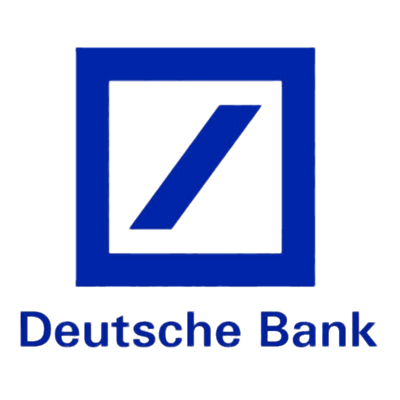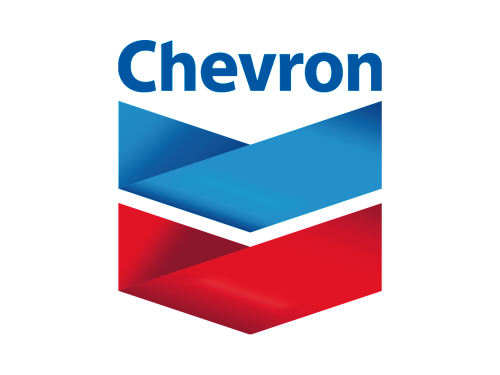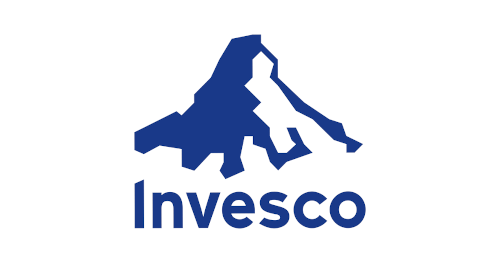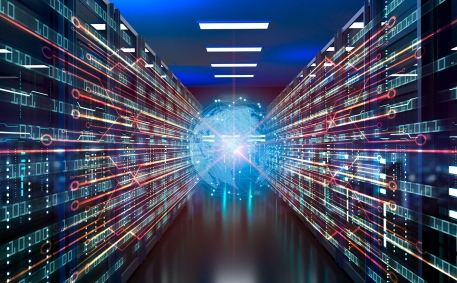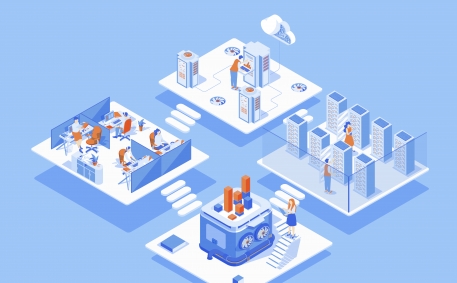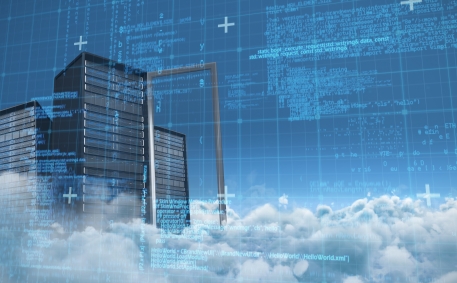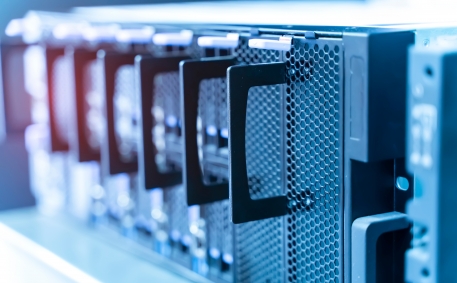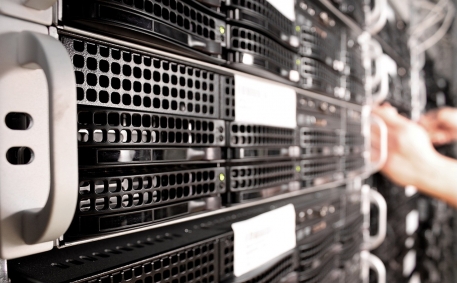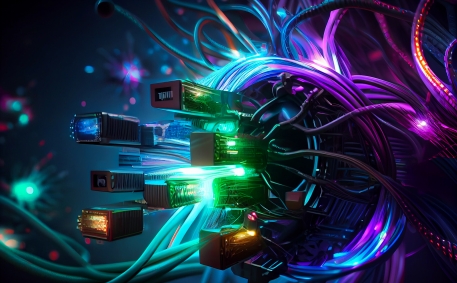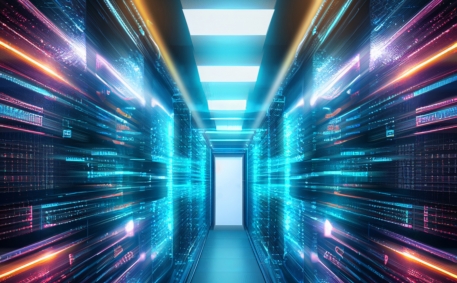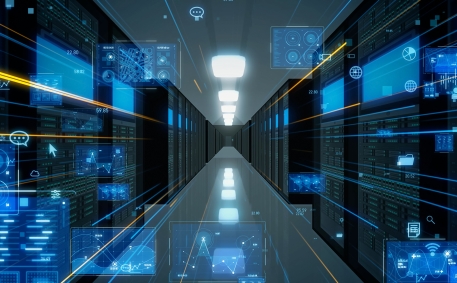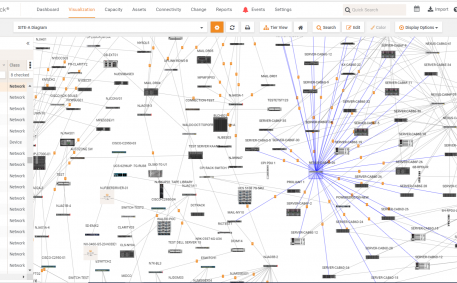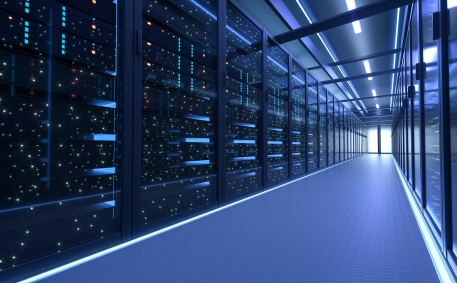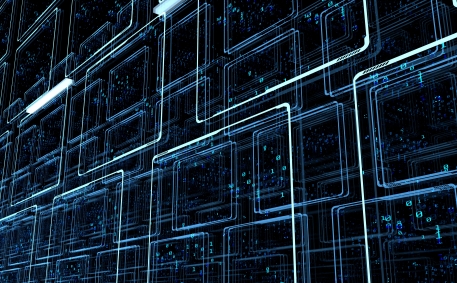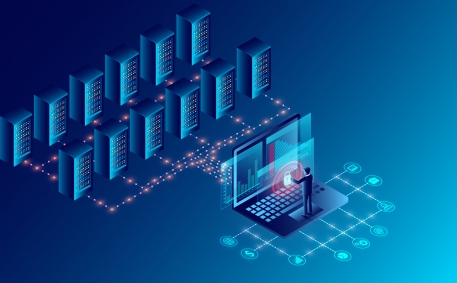-
The pace of change in data center operations shows no sign of slowing, and 2026 is shaping up to be another year of rapid evolution. AI-driven demand is accelerating, hybrid architectures are growing more complex, and capacity constraints are forcing teams to rethink how they plan and operate their environments.
Against this backdrop, data center professionals are reassessing the tools, processes, and strategies they rely on every day. The trends emerging for 2026 reflect a shift toward more integrated operations and better data-driven decision-making.
If you're shaping your 2026 strategy, these are the developments that deserve your attention now.
Integrating Multi-Vendor Systems to Creat...
-
We’re proud to announce the general availability of Power IQ® 9.3, the latest version of Sunbird’s DCIM Monitoring software.
Power IQ 9.3 Availability
This Power IQ 9.3 update is available worldwide on a subscription or perpetual license basis to all customers with valid maintenance contracts. Download the update file from Sunbird’s support portal to upgrade today.
If you would like to try a full-featured test drive of Power IQ, get your login credentials to the free online demo system now.
What’s New in Power IQ 9.3
The following features are new or enhanced in Power IQ 9.3 for an easy, fast, and complete second-generation DCIM solution.
Nutanix Is a Supported Hypervisor
Power IQ 9.3...
-
We’re proud to announce the general availability of dcTrack® 9.3, the latest version of Sunbird’s DCIM Operations software.
dcTrack 9.3 Availability
This dcTrack 9.3 update is available worldwide on a subscription or perpetual license basis to all customers with valid maintenance contracts. Download the update file from Sunbird’s support portal to upgrade today.
If you would like to try a full-featured test drive of dcTrack, get your login credentials to the free online demo system now.
What’s New in dcTrack 9.3
The following features are new or enhanced in dcTrack 9.3 for an easy, fast, and complete second-generation DCIM solution.
Enhanced Location Hierarchies to Match Customers' Env...
-
Outages are less common than they once were, but when they happen, the impact is severe. According to the Uptime Institute Global Data Center Survey 2025, half of data center operators reported at least one impactful outage in the past three years, and one in ten of those caused a serious or severe disruption. The financial risk is just as significant. 20% of operators said their most recent outage cost more than $1 million when accounting for downtime, recovery, and reputational damage.
The data shows that even as resiliency improves, the stakes are rising. To minimize risk, operators need to understand the leading causes of outages and what practical steps they can take to prevent them.
S...
-
Data center vacancy rates in North America have hit record lows, with reports from CBRE and JLL indicating figures between 1.6% and 2.3% as of mid-2025. This is driven by exceptionally high demand from hyperscale and AI users, which is outstripping supply and leading to significant competition for space and power. The tight market is expected to continue through at least 2027, with preleasing of new construction at high levels.
With data center space at a premium, do you have the tools to extract all available space, power, and cooling capacity without introducing risk?
What Is Driving Near-Record Low Data Center Vacancy Rates?
According to CBRE, average pricing for a 250-to-500kW requir...
-
A Building Management System (BMS) is commonly used in data centers to monitor and control the facility’s mechanical, electrical, and environmental systems. With a BMS in place, it’s reasonable to ask: do you still need Data Center Infrastructure Management (DCIM) software? The short answer is yes—DCIM and BMS serve occasionally overlapping but fundamentally different purposes. Understanding their differences and how they complement each other is critical to optimizing data center performance, efficiency, and planning.
Throughout this article, we’ll highlight real-world examples from organizations using DCIM software to improve data center operations. These case studies illustrate how DCIM d...
-
When you don’t have reliable processes for managing IT assets, you can quickly lose control. Asset inventories lose their accuracy, data across tools like CMDBs and spreadsheets stops matching reality, and no one can say with confidence what equipment is in use, where it’s located, how it’s connected, and whether it’s still needed.
For data center professionals, a lack of asset visibility creates real risks: Unused servers continue to rack up maintenance costs, ghost servers unnecessarily consume resources, compliance audits become stressful and time-consuming when records are incomplete or inaccurate, and reporting to leadership takes too long.
The fact is what you don’t know about your ass...
-
Modern data centers depend on multiple teams, each using their own systems—CMDBs, ticketing platforms, cloud and virtualization tools, network and server management software, observability stacks, collaboration apps, and countless spreadsheets. Each tool provides important insights, but together they create a complex and sprawling technology landscape.
Organizations are turning to Data Center Infrastructure Management (DCIM) software to solve these challenges by consolidating tools and information into a single source of truth.
The Problem with Siloed Tools
When tools operate in silos, the result is a series of challenges that impact all aspects of data center operations:
Data fragmenta...
-
Uptime Institute’s 2025 Global Data Center Survey shows that capacity planning remains a top challenge for operators. Nearly one-third of vendors identify forecasting future capacity requirements as their customers’ single biggest issue, more than any other concern.
Modern data centers face new complexities as digital services expand and hybrid IT architectures shift workloads across on-premises, colocation, and cloud environments. Without accurate planning, organizations risk wasted resources, unnecessary costs, and operational disruptions.
To stay ahead, data center managers are increasingly turning to modern Data Center Infrastructure Management (DCIM) software, which simplifies and autom...
-
As colocation demand surges, space is becoming increasingly scarce and costly.
According to CBRE, the average asking rate in primary wholesale colocation markets for a 250–500 kW requirement has climbed 12.6% year-over-year to a record $184.06 per kW/month, while vacancy rates have dropped to a record-low 1.9%.
With vacancy rates low and power costs rising, doing more with less in your data center is essential. To adapt, organizations are turning to DCIM software to uncover inefficiencies, right-size deployments, and cut costs without sacrificing performance.
The High Cost of Colocation
Typical colocation data center cost drivers include:
Space. Charges are usually based on the amount o...
-
Accurately tracking how data center devices are connected—across switches, patch panels, structured cabling, and more—is essential for efficient data center operations. But for many teams, documentation still lives in static diagrams or outdated spreadsheets, requiring extensive manual effort. This is time-consuming and leads to inaccuracies that can cause delays in planning or troubleshooting and unnecessary risk.
Sunbird DCIM changes that. By automating network diagramming and integrating with tools like NetBox, NetBrain, and Cisco ACI, Sunbird delivers a real-time, comprehensive view of the physical connectivity in your environment.
The Problem with Traditional Network Diagrams
Document...
-
Note: As of publication, NVIDIA has not released final specifications for the GB300 NVL72. The details shared here are based on projections informed by GB200 benchmarks, industry analysis, and expected generational improvements.
As the AI arms race accelerates, data center professionals are already preparing for what’s next: the anticipated NVIDIA GB300 NVL72.
While official specs have yet to be released, the GB300 is projected to continue NVIDIA’s trajectory of higher performance, increased density, and elevated power demands — posing critical questions for data center infrastructure teams:
Can your facility handle the power, space, and cooling requirements of the GB300 NVL72?
Estimated P...
-
As power-hungry workloads like AI and HPC become the norm, data centers face mounting pressure to rethink their thermal strategies. Traditional air cooling has long been the industry standard, but with rising rack densities and energy costs, many operators are exploring liquid cooling as a more efficient alternative.
In 2024, the global liquid cooling market was valued around $4.18 billion and is projected to reach $13.2 billion by 2029.
In this post, we’ll compare the two approaches—breaking down their benefits, trade-offs, and ideal use cases—to help you decide what’s right for your environment.
Understanding the Basics
Air Cooling
In a traditional air-cooled data center, chilled air i...
-
Historically, data center professionals have managed their sites using traditional tools like Excel and Visio.
While manual spreadsheets and diagrams served their purpose for simple tasks, they were never designed for the complexity, scale, or speed of modern data center operations.
However, Data Center Infrastructure Management (DCIM) software is purpose-built to plan, provision, model, track, and monitor all infrastructure across all sites.
In this blog post, we’ll detail five key benefits of using DCIM software over traditional tools like Excel and Visio.
Increased Accuracy and Operational Efficiency With a Single Source of Truth
Spreadsheets fall short in accuracy, usability, and colla...
-
Technology assets are no longer confined to the walls of a traditional data center. They now span a range of environments from core facilities and labs to distributed sites like IDF closets, manufacturing sites, and retail branches. Yet many organizations still rely on fragmented tools and manual processes to manage these distributed environments. This can result in gaps in visibility, inconsistent documentation, and higher operational risk.
Creating a digital twin of all your technical spaces and managing them through a centralized platform addresses these challenges head-on. Before looking at the benefits, it’s worth understanding the operational issues that arise when remote sites are neg...


